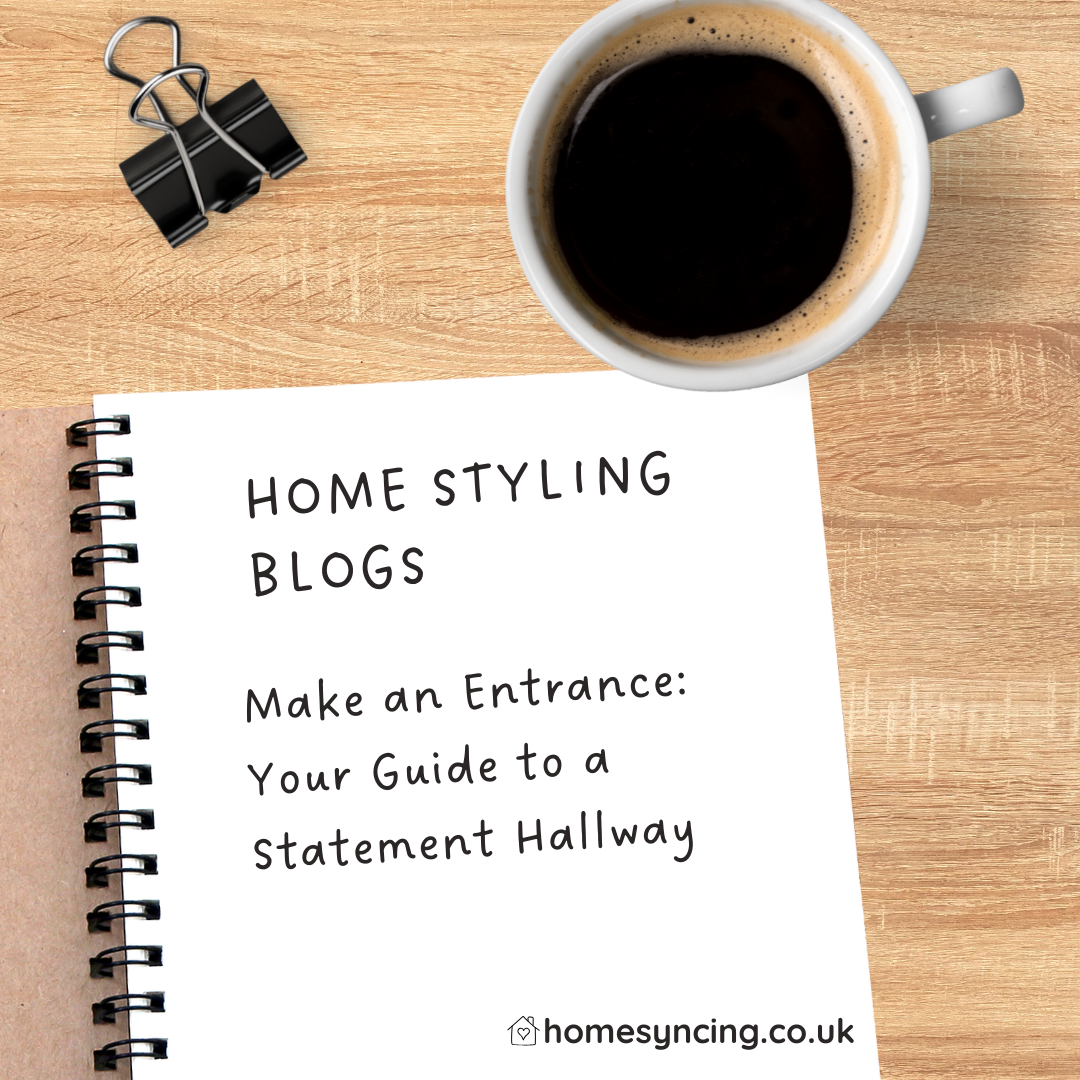Your conservatory holds incredible potential as one of the most versatile rooms in your home. This glass-wrapped sanctuary can become anything from a tranquil reading nook to an entertaining hub that seamlessly blends indoor comfort with outdoor beauty. Whether your conservatory currently serves as storage space or you’re looking to refresh its design, 2025 brings exciting trends that will help you create a space you’ll love spending time in.
Modern conservatory design has evolved far beyond the traditional sunroom filled with wicker furniture and houseplants. Today’s approach focuses on creating multi-functional spaces that work year-round, incorporating contemporary design elements whilst celebrating the unique architectural features that make conservatories so special. The key lies in balancing comfort, style and practicality to create a room that truly enhances your lifestyle.
Essential Furniture for Your Conservatory
Seating That Works All Year Round
The foundation of any well-designed conservatory begins with comfortable seating that can withstand temperature fluctuations and varying light conditions. Modular sofas have emerged as the top choice for 2025, offering flexibility to reconfigure your space for different occasions. Look for pieces with removable, washable covers in natural fabrics like linen or cotton, which breathe well in warmer months.
Rattan and wicker furniture continues to reign supreme, but 2025’s interpretation favours sleeker, more contemporary designs. Choose pieces with clean lines and neutral cushions that can be easily swapped out seasonally. Avoid overly ornate traditional styles, which can make your conservatory feel dated.
Built-in bench seating along one wall maximises space whilst providing storage underneath. Add comfortable cushions and throws to create a cosy reading corner that takes advantage of natural light throughout the day.
Tables That Multitask
Coffee tables with storage compartments are essential for maintaining a clutter-free conservatory. Opt for pieces made from sustainable materials like reclaimed wood or bamboo, which align with 2025’s eco-conscious design trends. Nesting tables offer versatility, allowing you to expand surface space when entertaining and tuck them away when not needed.
Dining tables in conservatories work best when they’re appropriately scaled to the space. Round tables promote conversation and work well in smaller conservatories, whilst rectangular tables suit larger spaces and can double as work surfaces during the day.
Lighting Solutions for Every Hour
Layered Lighting Approach
Conservatories present unique lighting challenges due to their abundant natural light during the day and potential darkness at night. A layered lighting approach ensures your space remains inviting throughout all hours.
Pendant lights suspended from the ceiling create dramatic focal points whilst providing ambient lighting. Choose fixtures with adjustable heights to accommodate the varying ceiling heights typical in conservatories. Natural materials like rattan or bamboo shades complement the outdoor connection.
String lights remain popular but avoid the basic fairy light approach. Instead, invest in commercial-grade café lights with Edison bulbs for a sophisticated bistro atmosphere. These work particularly well when draped along the roofline or wrapped around structural elements.
Floor lamps with adjustable arms provide task lighting for reading whilst adding height variation to your furniture arrangement. Look for pieces that can withstand humidity and temperature changes common in conservatories.
What’s Out: Harsh Overhead Lighting
Avoid single, bright overhead fixtures that create harsh shadows and make the space feel more like a greenhouse than a living room. Similarly, overly decorative chandeliers can compete with the conservatory’s architectural features and feel out of place in this naturally-focused environment.
Colour Schemes and Decorative Elements
Nature-Inspired Palettes
2025’s conservatory colour trends draw heavily from natural palettes. Sage greens, warm terracotta, and creamy whites create a harmonious connection between indoor and outdoor spaces. These colours work beautifully with the abundant plant life that conservatories naturally accommodate.
Deep jewel tones like navy blue or forest green can anchor the space and provide sophistication, particularly when used in larger furniture pieces or accent walls. However, use these sparingly to avoid overwhelming the airy feel that makes conservatories so appealing.
Textile Choices That Endure
Natural fibres take centre stage in 2025 conservatory design. Jute, cotton, and linen offer both style and practicality, handling temperature fluctuations better than synthetic materials. Layer different textures to create visual interest without relying solely on colour.
Indoor-outdoor fabrics have improved dramatically and now offer the durability needed for conservatory use without sacrificing style. These materials resist fading, moisture and temperature extremes whilst maintaining the soft feel essential for comfort.
Flooring and Rugs: Foundation Elements
Practical Yet Beautiful Flooring
Your conservatory’s flooring needs to withstand temperature changes, potential moisture, and heavy foot traffic. Natural stone, ceramic tiles or luxury vinyl planks that mimic wood offer durability whilst maintaining style. Underfloor heating transforms these harder surfaces into comfortable options year-round.
Rug Selection Strategy
Large area rugs help define seating areas and add warmth to hard flooring surfaces. Choose rugs made from natural materials like jute, sisal or wool that can handle the unique conditions of conservatory living. Flat-weave styles are easier to clean and less likely to trap moisture than high-pile alternatives.
Layering smaller rugs creates visual interest and allows for easy cleaning or replacement. This approach also lets you experiment with patterns and textures without committing to one large, expensive piece.
Avoid delicate Persian or silk rugs, which can be damaged by temperature fluctuations and sun exposure. Similarly, very dark colours may fade unevenly over time.
Storage Solutions That Blend Seamlessly
Built-in storage maximises your conservatory’s potential without cluttering the visual space. Window seat storage, floating shelves, and integrated plant stands keep necessities within reach whilst maintaining clean lines.
Decorative baskets serve dual purposes, providing storage for throws, magazines or gardening supplies whilst adding texture and natural elements to your design scheme. Choose pieces that complement your colour palette and can withstand humidity changes.
Avoid plastic storage containers or temporary solutions that detract from the sophisticated atmosphere you’re creating. Instead, invest in beautiful storage pieces that enhance your overall design.
Bringing Your Vision to Life
Creating your ideal conservatory requires thoughtful planning and attention to the unique characteristics of this special space. Start with your largest pieces—seating and tables—then layer in lighting, textiles and decorative elements that reflect your personal style whilst embracing current trends.
Remember that your conservatory should feel connected to both your home’s interior design and your garden’s natural beauty. The most successful conservatory designs celebrate this unique position, creating a space that truly bridges indoor and outdoor living.
Transform your conservatory into the stunning living space you’ve always envisioned. Begin with one element—perhaps a beautiful new seating arrangement or a dramatic lighting fixture—and build from there. Your glass-wrapped sanctuary awaits its next chapter.
Further Reading: Make an Entrance: Your Guide to a Statement Hallway, Clever Ways to Use Mirrors in Your Home, How to Restyle Your Home Like an Interior Designer, Your Home Should Be Your Sanctuary
Follow Us on Instagram for Daily Inspiration 💙





